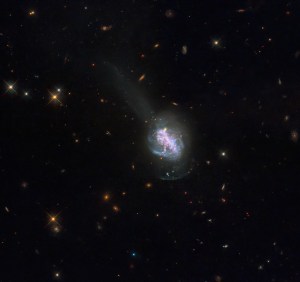3 min read
A flash of lightning. A roll of thunder. These are normal stormy sights and sounds. But sometimes, up above the clouds, stranger things happen. Our Fermi Gamma-ray Space Telescope has spotted bursts of gamma rays - some of the highest-energy forms of light in the universe - coming from thunderstorms. Gamma rays are usually found coming from objects with crazy extreme physics like neutron stars and black holes. So why is Fermi seeing them come from thunderstorms?
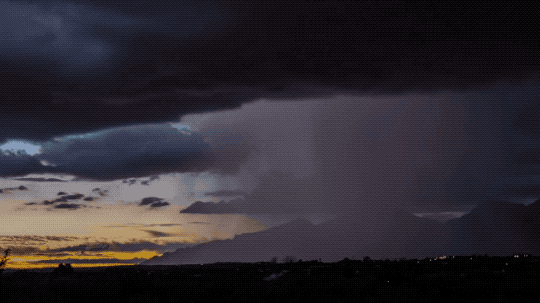
Thunderstorms form when warm, damp air near the ground starts to rise and encounters colder air. As the warm air rises, moisture condenses into water droplets. The upward-moving water droplets bump into downward-moving ice crystals, stripping off electrons and creating a static charge in the cloud.

The top of the storm becomes positively charged, and the bottom becomes negatively charged, like two ends of a battery. Eventually the opposite charges build enough to overcome the insulating properties of the surrounding air - and zap! You get lightning.
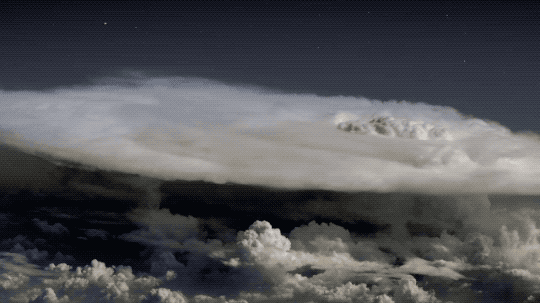
Scientists suspect that lightning reconfigures the cloud's electrical field. In some cases, this allows electrons to rush toward the upper part of the storm at nearly the speed of light. That makes thunderstorms the most powerful natural particle accelerators on Earth!

When those electrons run into air molecules, they emit a terrestrial gamma-ray flash, which means that thunderstorms are creating some of the highest energy forms of light in the universe. But that's not all - thunderstorms can also produce antimatter! Yep, you read that correctly! Sometimes, a gamma ray will run into an atom and produce an electron and a positron, which is an electron's antimatter opposite!
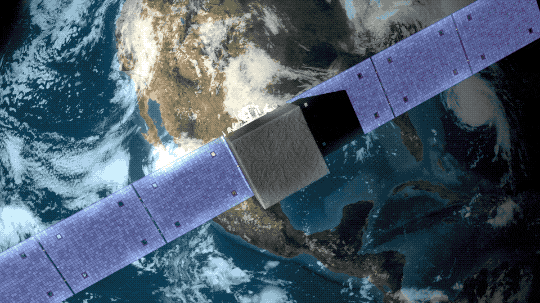
Fermi can spot terrestrial gamma-ray flashes within 500 miles (800 kilometers) of the location directly below the spacecraft. It does this using an instrument called the Gamma-ray Burst Monitor which is primarily used to watch for spectacular flashes of gamma rays coming from the universe.

There are an estimated 1,800 thunderstorms occurring on Earth at any given moment. Over its first 10 years in space, Fermi spotted about 5,000 terrestrial gamma-ray flashes. But scientists estimate that there are 1,000 of these flashes every day - we're just seeing the ones that are within 500 miles of Fermi's regular orbits, which don't cover the U.S. or Europe.
The map above shows all the flashes Fermi saw between 2008 and 2018. (Notice there's a blob missing over the lower part of South America. That's the South Atlantic Anomaly, a portion of the sky where radiation affects spacecraft and causes data glitches.)
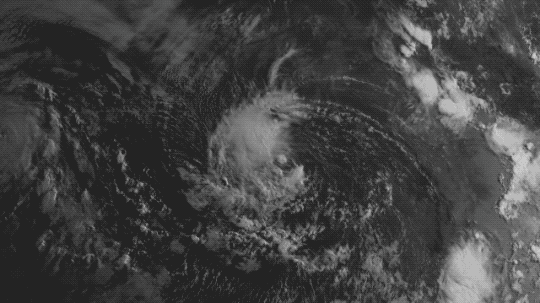
Fermi has also spotted terrestrial gamma-ray flashes coming from individual tropical weather systems. In 2014 Tropical Storm Julio produced four flashes in just 100 minutes!



